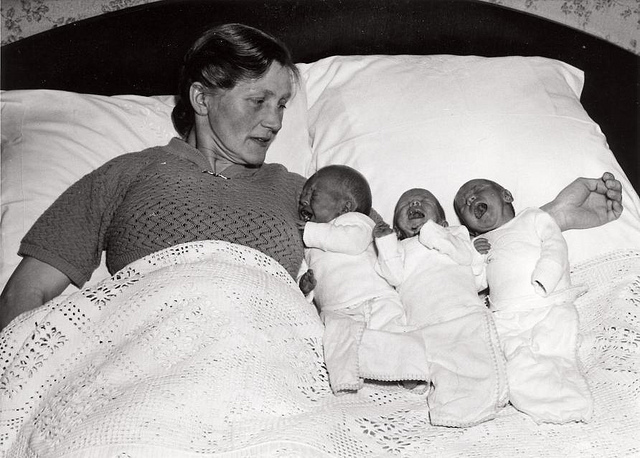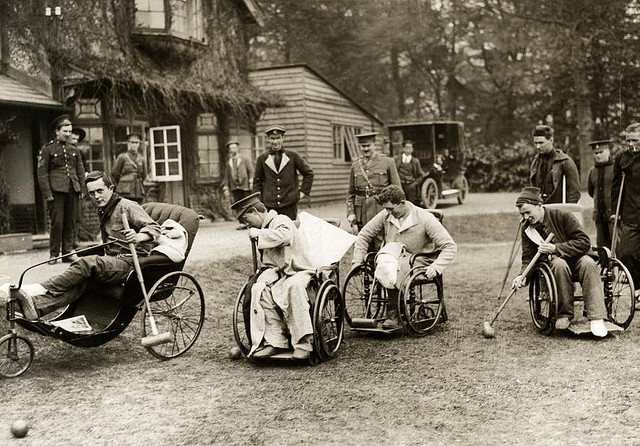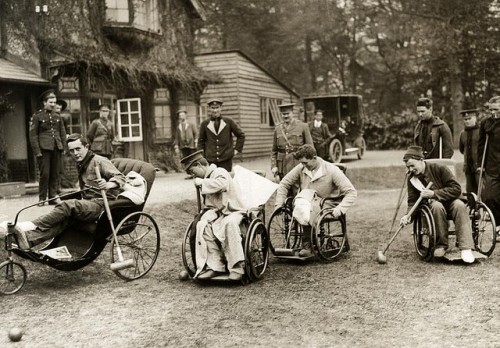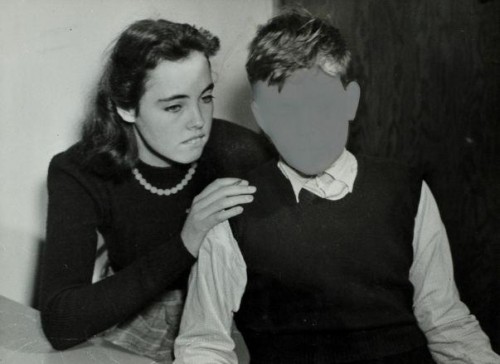There are many unknowns in the land of Cerebral Palsy, CP. What we do know that it is a disability of movement. It can effect a small region of the body like one hand to the whole body. It effects muscle tone, mobility, and motor skills. It normal occurs from an incident during or before birth but can occur up to three to five years of life. It happens when there is damage to the motor control centers of the developing brain. There is no cure but some therapy options can help. Depending on the region effected treatment options may include: special equipment, therapy, surgery, and alternative medicines.
The first signs of it are often noticed in babies and toddlers by missing milestones such as sitting, crawling, walking, or using both hands with out preference. When Cerebral Palsy is not with another preexisting condition, warning signs can easily be missed. I know from the cases I have worked with if it was simply a mobility issue it was diagnosed closer to a year or after. The cases I have seen earlier diagnosed had shunts or coexisting other health impairments. Once a parent suspects and issue, they should go to their doctor right away to start on the process to receiving services and getting their child the help they need. I have seen cases where a child was diagnosed with Cerebral Palsy and as an adult no one would of guessed it. This does not mean your child will be completely cured, just that all hope is not lost. So follow up on therapy and equipment use, and push your child, there are great things they can overcome.
Cerebral Palsy can often coincide with other conditions. There can often be speech issues, mental retardation, pain, sleep disorders, seizures, feeding issues, learning disabilities, toileting issues, and behavioral issue. This does not mean that if your child has CP that they will have these other issues; they are simply things to look out for so that they too can receive treatment right away.
For more information, check out:
PubMed






